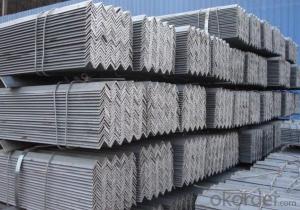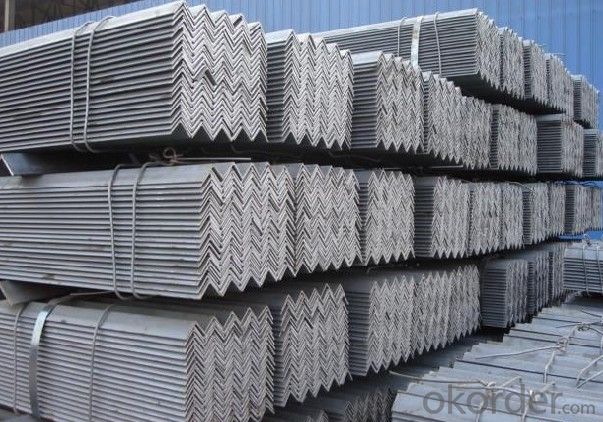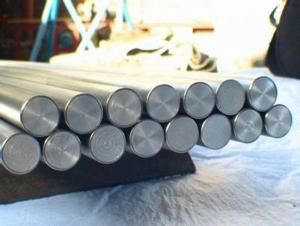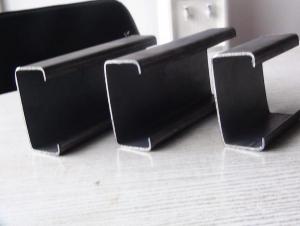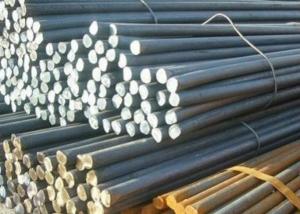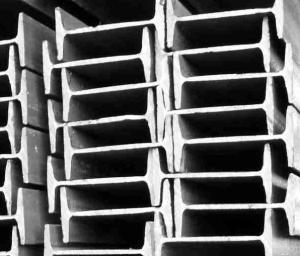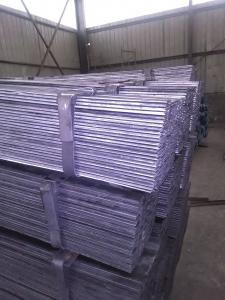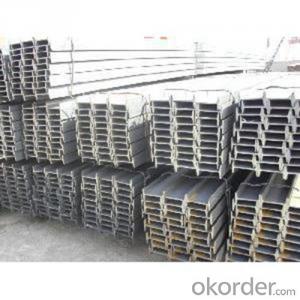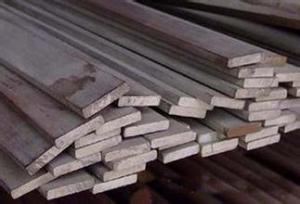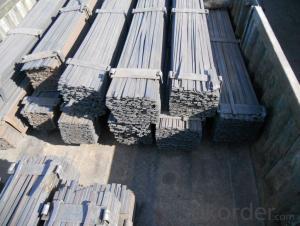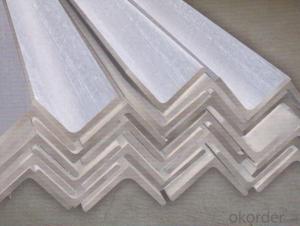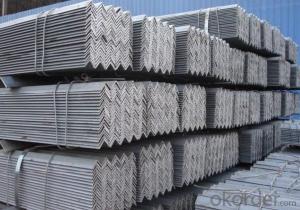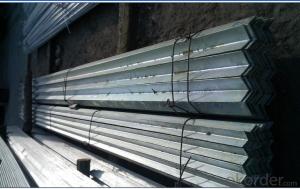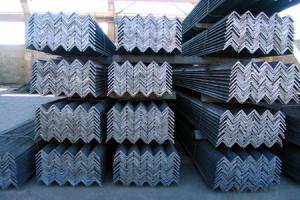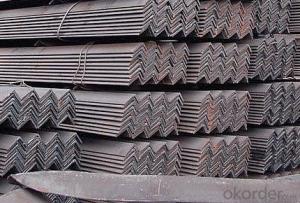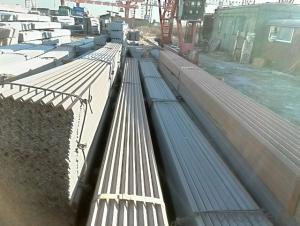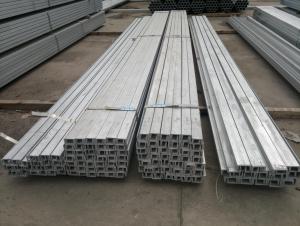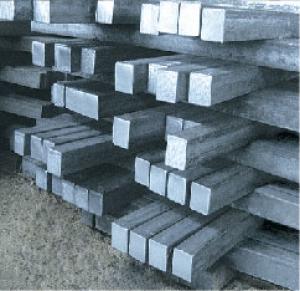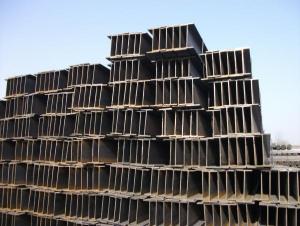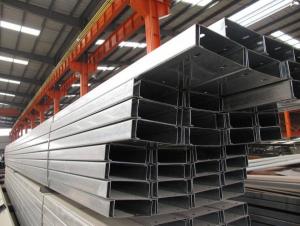Good Quality Angle Steel
- Loading Port:
- China Main Port
- Payment Terms:
- TT OR LC
- Min Order Qty:
- -
- Supply Capability:
- -
OKorder Service Pledge
OKorder Financial Service
You Might Also Like
Specifications
Mild Angle steel
Grade : JIS G3101 SS400,SS540
Size: 25--250mm Brand: TSSC
Payment:L/C or T/T
Packing :bulk or container
Mild Angle steel
Grade : JIS G3101,SS400/SS540
Size: 25*25--250*250mm
Packing : bulk or container
Brand: TSSC
Payment : 100% irrevocable L/C at sight
Delivery time within 60 days .
equal angle steel | unequal angle steel |
specification(mm) | specification(mm) |
25*3/4 | 32*20*3/4 |
30*3/4 | 40*25*3/45*28*3/4 |
40*3/4/5 | 56*36*3/4/5 |
45*3/4/5/6 | 63*40*4/5/6/7 |
50*3/4/5/6 | 70*45*4/5/6/7 |
56*3/4/5/8 | 75*50*5/6/8/10 |
63*4/5/6/8/10 | 80*50*5/6/7/8 |
65*6/7/8/9 | 90*56*5/6/7/8/ |
70*4/5/6/7/8 | 100*63*6/7/8/10 |
75*5/6/7/8/10 | 100*75*6/7/8/9/10/12 |
80*5/6/7/8/10 | 100*80*6/7/8/10 |
90*6/7/8/10/12 | 110*70*6/7/8/10 |
100*6/7/8/10/12/14/16 | 125*75*7/8/9/10/12 |
110*7/8/10/12/14 | 125*80*7/8/10/12 |
120*8/9/10/12 | 140*90*8/10/12/14 |
125*8/10/12/14 | 150*90*9/10/12/15 |
130*9/10/12/13/15 | 150*100*9/12/15 |
140*10/12/14/16 | 160*100*10/12/14/16 |
150*12/15/19 | 180*110*10/12/14/16 |
160*10/12/14/16 | 200*125*12/14/16/18 |
175*12/15 |
|
180*12/14/16/18 |
|
200*14/16/18/20/24 |
|
250*25/35 |
|
- Q: Are steel channels suitable for soundproofing?
- No, steel channels are not suitable for soundproofing as they are conductive and can transmit sound vibrations.
- Q: Can a steel square be used for laying out a patio?
- Yes, a steel square can be used for laying out a patio. A steel square is a versatile tool that can be used to measure right angles and ensure accurate and square corners during the patio layout process. It can help in aligning and positioning the patio pavers or stones, resulting in a well-designed and level patio surface.
- Q: How are steel profiles used in the oil and gas industry?
- Steel profiles are commonly used in the oil and gas industry for various purposes, such as structural support, pipe racks, platforms, and equipment mounting. These profiles provide strength, durability, and stability, ensuring the safe operation of oil and gas infrastructure.
- Q: Can steel H-beams be used in both residential and commercial construction?
- Yes, steel H-beams can be used in both residential and commercial construction projects. Steel H-beams are versatile and strong structural components that are commonly used to support heavy loads and provide stability in building structures. They are suitable for a wide range of applications including the construction of residential houses, multi-story buildings, warehouses, industrial facilities, and commercial structures. Steel H-beams offer several advantages such as high strength-to-weight ratio, durability, and resistance to fire, corrosion, and pests. They can be efficiently used in various construction designs and can withstand significant loads, making them a popular choice for both residential and commercial construction projects.
- Q: Can steel I-beams be painted or coated to match the desired aesthetics?
- Yes, steel I-beams can be painted or coated to match the desired aesthetics. Painting or coating the I-beams can provide a finished appearance, enhance their durability, and protect them from corrosion. This allows for customization and integration of the I-beams into various architectural designs and color schemes.
- Q: How do you use a steel square to find the length of a hip rafter?
- To ascertain the length of a hip rafter using a steel square, the following steps should be followed: 1. Setting up the steel square: Position the steel square on a level surface or directly on the rafter to be measured, ensuring proper alignment with the long edge (blade) facing towards the rafter and the shorter edge (tongue) perpendicular to it. 2. Determining the pitch: Determine the pitch or slope of the roof by referring to the markings on the steel square, which indicate the rise and run of the roof. The rise denotes the vertical distance between the rafter and the roof's peak, while the run represents the horizontal distance between the rafter and the roof's edge. 3. Measuring the length: Utilizing the steel square, measure the length of the hip rafter by aligning the tongue with the rafter's edge and extending the blade towards the roof's peak. The point where the blade intersects the rafter denotes the length. 4. Marking the length: Once the length of the hip rafter has been determined, mark it on the rafter using a pencil or suitable marking tool. This marking will serve as a guide during the cutting or installation of the rafter. It is crucial to note that additional calculations or adjustments may be required based on the specific requirements of your project, such as accounting for overhangs or other factors that can impact the length of the hip rafter. Consulting a professional or referring to a comprehensive guidebook on roof framing can provide more specific instructions tailored to your situation.
- Q: Can steel round bars be used for making crankshafts?
- Yes, steel round bars can be used for making crankshafts. Crankshafts are important components in engines that convert the reciprocating motion of the pistons into rotational motion. Steel is a preferred material for crankshafts due to its high strength, durability, and ability to withstand the stress and load generated during engine operation. Steel round bars are often used for making crankshafts as they provide a solid and reliable foundation for the rotating assembly. The round shape of the bars allows for easy machining and shaping into the desired crankshaft design. Additionally, steel can be heat-treated to further enhance its mechanical properties, such as hardness and fatigue resistance, making it ideal for the demanding conditions and high-performance requirements of crankshafts in various engine applications.
- Q: How do steel profiles contribute to the overall aesthetics of a building?
- Steel profiles can contribute to the overall aesthetics of a building by offering sleek and modern design elements. Their clean lines and structural versatility allow for creative and visually appealing architectural designs. Additionally, steel profiles can be customized to various shapes and sizes, enabling architects to achieve unique and eye-catching features. The use of steel profiles can enhance the visual appeal of a building, making it stand out and creating a contemporary and sophisticated look.
- Q: Can steel I-beams be used in schools or educational facilities?
- Schools and educational facilities can indeed utilize steel I-beams. These beams are widely employed in the construction industry because of their robustness, endurance, and adaptability. By lending structural support to buildings, they prove to be ideal for educational establishments where safety takes precedence. Steel I-beams exhibit remarkable resistance to heavy loads and provide the necessary stability, making them invaluable in schools featuring multiple floors and expansive areas. Moreover, their utilization allows for greater flexibility in design, as they can span longer distances without requiring supplementary support columns, thereby creating open and commodious learning environments. All in all, steel I-beams represent a dependable and pragmatic choice for construction within schools and educational facilities.
- Q: Can a steel square be used for checking the squareness of a router table insert plate?
- Yes, a steel square can be used for checking the squareness of a router table insert plate. A steel square is a reliable and accurate tool for measuring right angles and can be used to verify the perpendicularity of the insert plate to the table surface. By placing the steel square against the edges of the plate and ensuring that it sits flush without any gaps or overlaps, you can determine if the plate is perfectly square or if adjustments need to be made.
Send your message to us
Good Quality Angle Steel
- Loading Port:
- China Main Port
- Payment Terms:
- TT OR LC
- Min Order Qty:
- -
- Supply Capability:
- -
OKorder Service Pledge
OKorder Financial Service
Similar products
Hot products
Hot Searches
Related keywords
